Time Period: Post-Reconstruction through the Gilded Age (1875 - 1900)
Morrilton Male and Female College
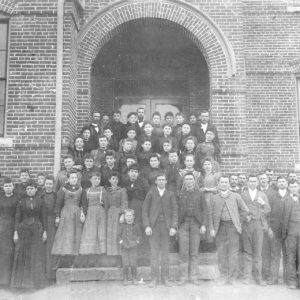 Morrilton Normal School
Morrilton Normal School
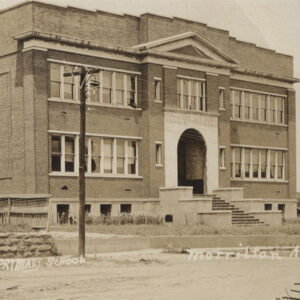 Morrilton School
Morrilton School
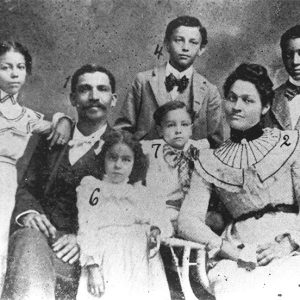 E. C. Morris Family
E. C. Morris Family
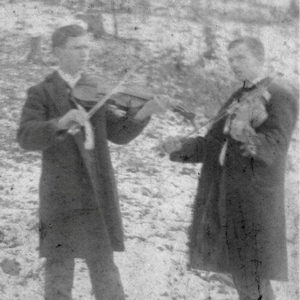 Morrison Twins
Morrison Twins
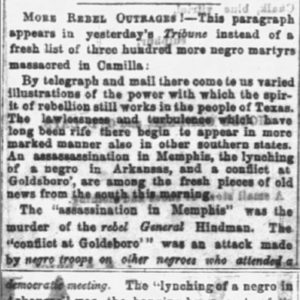 Lee Morrison Lynching Article
Lee Morrison Lynching Article
Morrison, William (Lynching of)
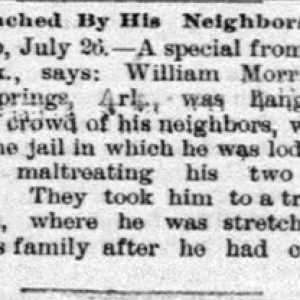 William Morrison Lynching Article
William Morrison Lynching Article
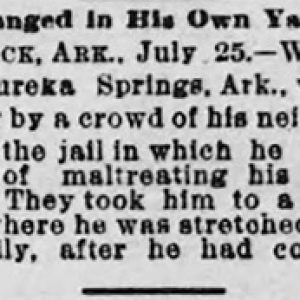 William Morrison Lynching Article
William Morrison Lynching Article
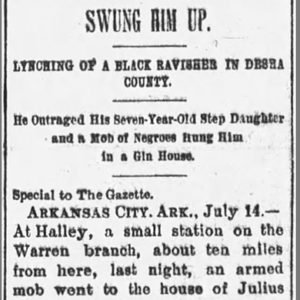 Mosely Lynching Article
Mosely Lynching Article
Mosely, Julius (Lynching of)
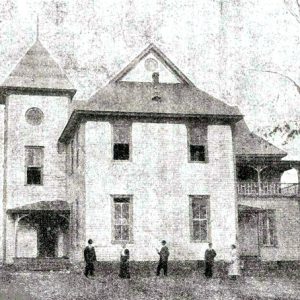 Mount Pleasant Academy
Mount Pleasant Academy
Mount Pleasant Academy
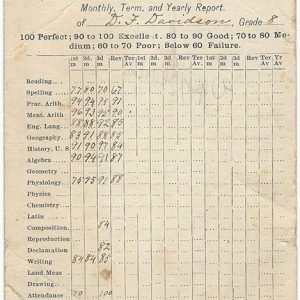 Mount Pleasant Academy Report Card
Mount Pleasant Academy Report Card
Mount Pleasant Methodist Church
 Mountain Home Baptist College
Mountain Home Baptist College
Mountain Home Cemetery, Historic Section
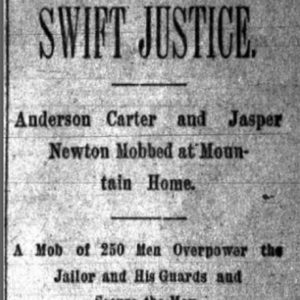 Mountain Home Lynching Article
Mountain Home Lynching Article
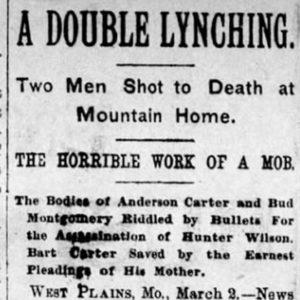 Mountain Home Lynching Article
Mountain Home Lynching Article
Mountain Home Lynchings of 1894
 Mountain Lake Dam
Mountain Lake Dam
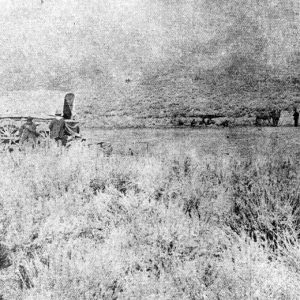 Mountain Meadows Massacre Site
Mountain Meadows Massacre Site
Mountain Signal
Mullens, Nat (Lynching of)
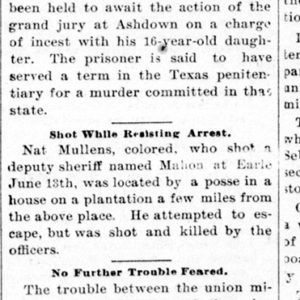 Nat Mullens Lynching Article
Nat Mullens Lynching Article
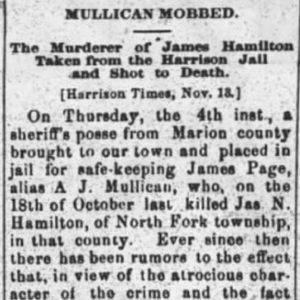 Andrew Mullican Lynching Article
Andrew Mullican Lynching Article
Mullican, Andrew J. (Lynching of)
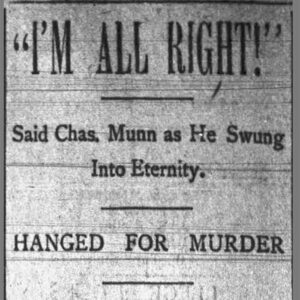 Charles Munn Execution Article
Charles Munn Execution Article
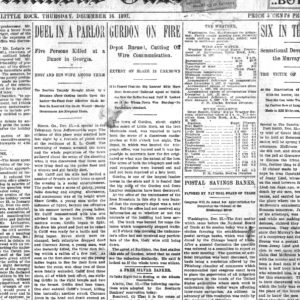 James Murray Murder Article
James Murray Murder Article
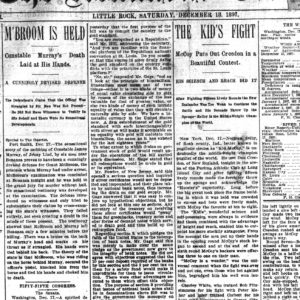 James Murray Murder Article
James Murray Murder Article
Murray, James (Murder of)
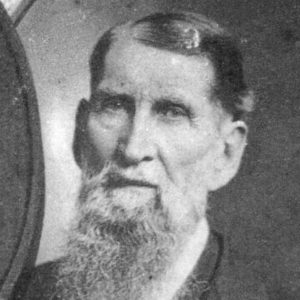 Dr. Charles E. Nash
Dr. Charles E. Nash
 Nashville Livery
Nashville Livery
 Nashville Street Scene
Nashville Street Scene
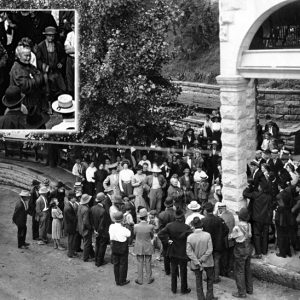 Carrie Nation
Carrie Nation
Nation, Carrie Amelia Moore
aka: Carry Nation
National Farmers’ Alliance and Industrial Union of America
aka: Southern Farmers' Alliance
aka: Farmers' Alliance
aka: Arkansas State Farmers’ Alliance
National Grange of the Order of the Patrons of Husbandry
aka: The Grange
aka: Arkansas State Grange
aka: Patrons of Husbandry
Neal, Hemp (Lynching of)
 Hemp Neal Lynching Article
Hemp Neal Lynching Article
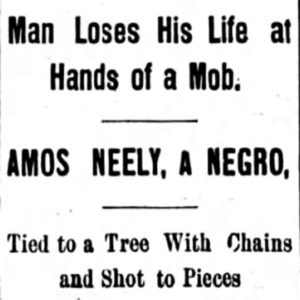 Amos Neely Lynching Article
Amos Neely Lynching Article
Neely, Amos (Lynching of)
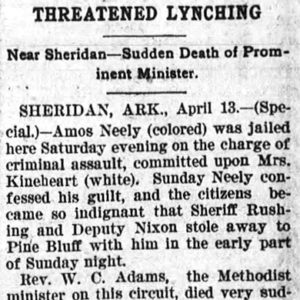 Amos Neely Lynching Article
Amos Neely Lynching Article
 Robert Neill
Robert Neill
Neill, Robert
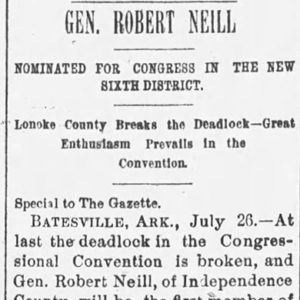 Robert Neill Article
Robert Neill Article
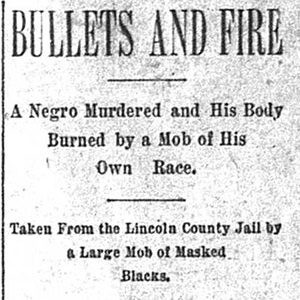 Nelson Lynching Article
Nelson Lynching Article
Nelson, Dan T. (Lynching of)
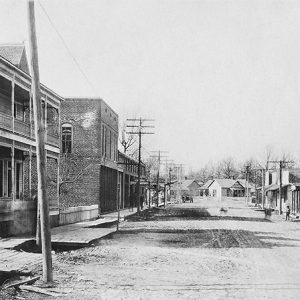 Nettleton Street Scene
Nettleton Street Scene




